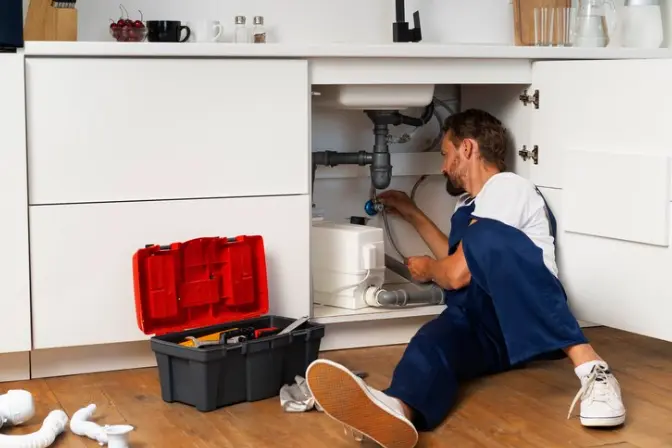Your Ultimate Guide to Emergency Water Removal and Plumbing Solutions
When water damage strikes, it can quickly turn into a homeowner’s worst nightmare. Understanding how to address emergencies promptly can save both time and money. This guide breaks down essential tips, common causes of water damage, and expert advice to navigate these stressful situations.
The Immediate Steps to Take in an Emergency
When you discover water damage in your home, your first instinct may be to panic. For expert assistance, you can always reach out to professionals like https://www.drquickdry.com/ to help guide you through the process.
Turn Off the Water Supply
The very first step is to locate your main water valve and shut it off. This will help prevent any further water from flooding your home. If the source of the leak is a broken pipe or appliance, turning off the water supply will stop the flow.
Disconnect Electrical Appliances
Water and electricity don’t mix! If it’s safe to do so, unplug any electrical appliances in the vicinity of the water damage. This will minimize the risk of electrocution and further complications.
Remove Excess Water
The quicker you can eliminate excess water, the better chance you have of reducing damage.
Common Causes of Water Damage
Understanding the causes of water damage can help you prevent future incidents. Here are the most frequent culprits:
Leaky Pipes
Regular plumbing inspections can help catch these issues early, so consider scheduling one with a trusted service like http://sandiegoemergencyplumbing.com to keep your plumbing system in top shape.
Flooding from Heavy Rain
Severe weather can cause your home to flood. Keeping gutters clean and ensuring proper drainage can help divert water away from your property.
Broken Appliances
Regular maintenance checks on these appliances can help prevent emergencies.
Fun Fact: Did you know that a single dripping faucet can waste more than 3,000 gallons of water a year? That’s enough to fill a swimming pool!
Expert Tips for Water Removal
After ensuring your safety and taking immediate steps to stop the water flow, it’s time to focus on effective water removal.
Use Dehumidifiers
Once the standing water has been removed, using dehumidifiers can significantly speed up the drying process. They help eliminate moisture from the air, which can prevent mold growth.
Air Circulation
Open windows and doors to promote air circulation. Ceiling fans and oscillating fans can also aid in the drying process. The faster everything dries, the less likely you are to encounter mold issues.
Monitor for Mold Growth
After the water is gone, keep a close eye out for signs of mold. Mold can start to develop in as little as 24 hours after water exposure. If you notice a musty smell or see black spots, it’s time to act.
When to Call in the Professionals
Extensive Damage
If the water damage is extensive—more than a small area or if it has affected your home’s structure—it’s best to call a water damage restoration service.
Sewage Backup
It poses health risks and requires specialized equipment and expertise.
Insurance Claims
If you plan to file an insurance claim, having professionals handle the water removal can provide documented evidence of the damage, which can be beneficial during the claims process.
Preventative Measures for the Future
Taking proactive steps can minimize the chances of future water damage.
Regular Plumbing Inspections
Schedule regular inspections to ensure your plumbing system is in good condition.
Install Water Detection Alarms
Consider installing water detection alarms near areas prone to leaks, such as basements and bathrooms. These alarms can alert you at the first sign of trouble.
Educate Your Family
Ensure everyone in your household knows how to turn off the water supply in case of an emergency. Knowledge is power!
Water damage can be overwhelming, but with the right knowledge and actions, you can effectively handle emergencies and prevent future occurrences. By taking immediate steps, understanding common causes, and knowing when to call professionals, you can safeguard your home against the threats of water damage. Remember, prevention is key—stay vigilant and proactive!





